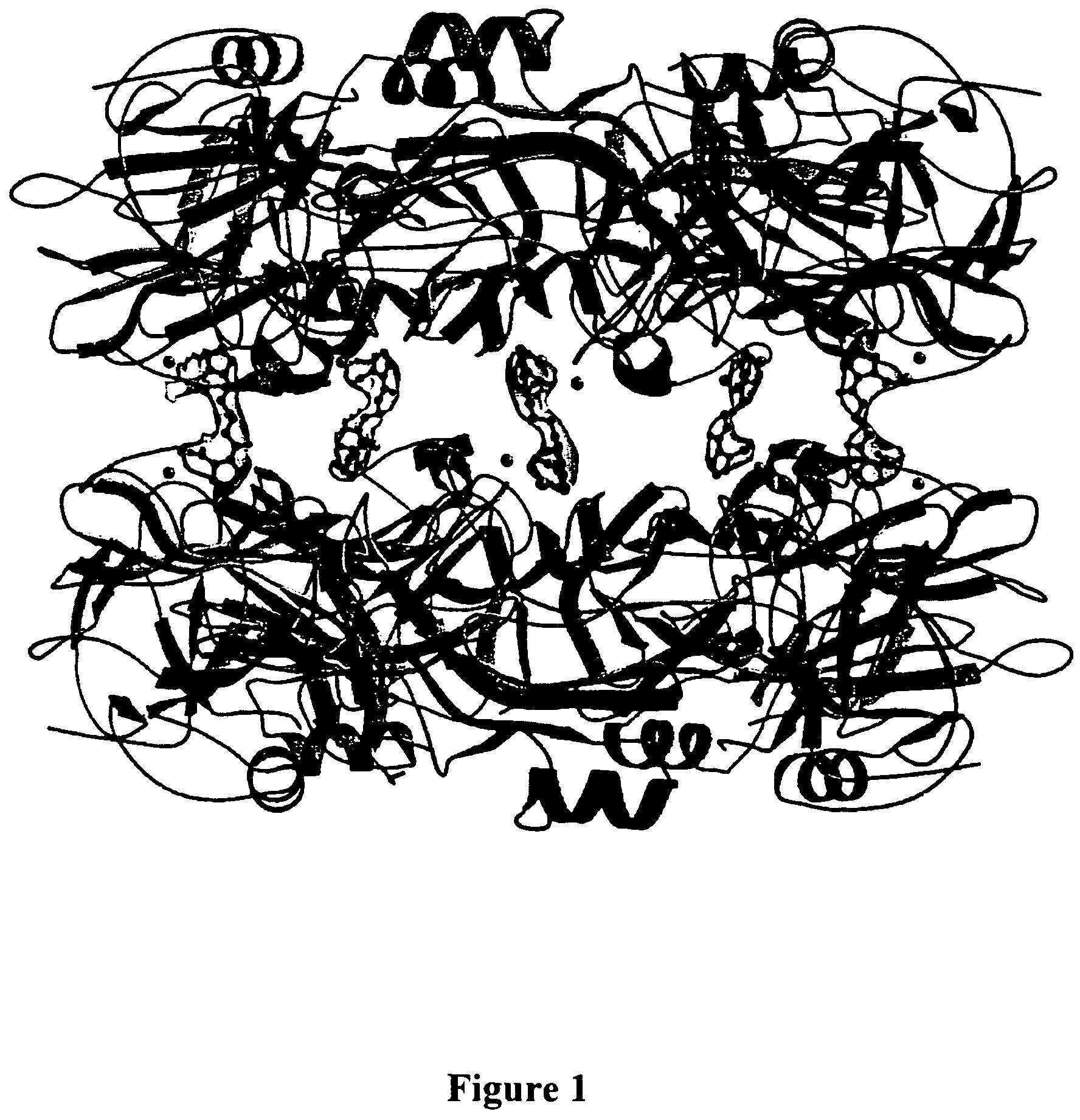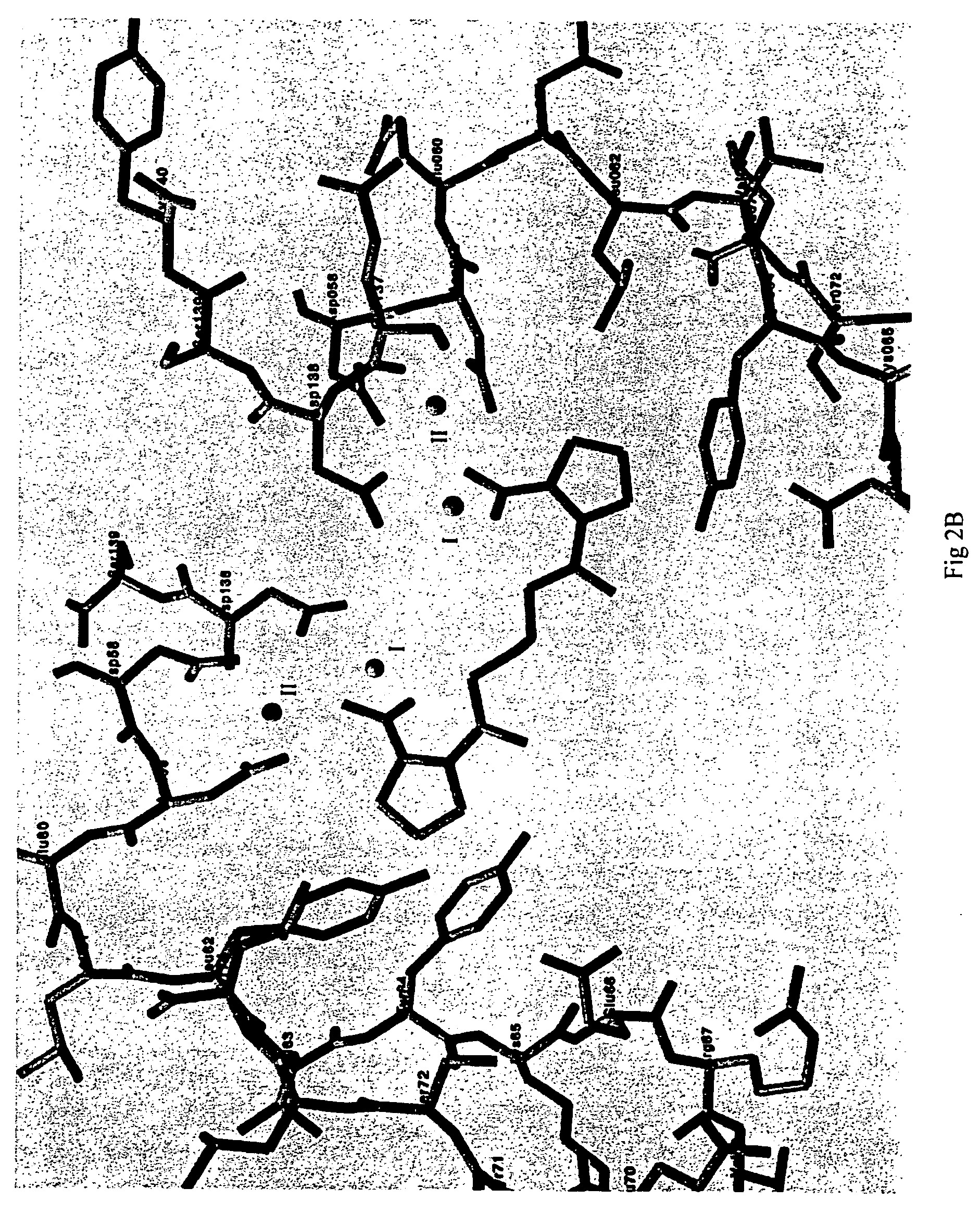Therapeutic agent
a technology of therapeutic agents and peptides, applied in the field of therapeutic agents, can solve the problems of affecting the therapeutic effect of intercurrent pathological processes, affecting the therapeutic effect of the patient, and the effective method of selectively lowering the concentration of specific proteins, available or attempted, are complex, difficult and subject to many extremely challenging problems
- Summary
- Abstract
- Description
- Claims
- Application Information
AI Technical Summary
Benefits of technology
Problems solved by technology
Method used
Image
Examples
examples
SERUM AMYLOID P COMPONENT AND (R)-1-[6-(R)-2-CARBOXY-PYRROLIDIN-1-yl]-6-OXO-HEXANOYL]PYRROLIDINE-2-CARBOXYLIC ACID
[0041]A method for screening and testing inhibitors of serum amyloid P component (SAP) binding to amyloid fibrils in vitro was devised and used in collaboration with F Hoffmann-La Roche Ltd to identify a suitable lead molecule for drug development. A library of candidate compounds was screened accordingly. The subsequent collaborative medicinal chemistry programme led to synthesis of a family of dicarboxylic acid, pyrrolidone ring containing molecules, of which the most studied is (R)-1-[6-(R)-2-Carboxy-pyrrolidin-1-yl]-6-oxo-hexanoyl]pyrrolidine-2-carboxylic acid. This molecule and related compounds (EP-A-0915088) are modestly potent inhibitors of SAP binding to amyloid fibrils in vitro, with IC50 values around 0.5-1.0 μM. However they are all more potent inhibitors than the original lead compound, which was 1-(3-Mercapto-2-methyl-1-oxopropyl)-D-proline, containing just...
PUM
| Property | Measurement | Unit |
|---|---|---|
| dissociation constant | aaaaa | aaaaa |
| dissociation constant | aaaaa | aaaaa |
| dissociation constant | aaaaa | aaaaa |
Abstract
Description
Claims
Application Information
 Login to View More
Login to View More - R&D
- Intellectual Property
- Life Sciences
- Materials
- Tech Scout
- Unparalleled Data Quality
- Higher Quality Content
- 60% Fewer Hallucinations
Browse by: Latest US Patents, China's latest patents, Technical Efficacy Thesaurus, Application Domain, Technology Topic, Popular Technical Reports.
© 2025 PatSnap. All rights reserved.Legal|Privacy policy|Modern Slavery Act Transparency Statement|Sitemap|About US| Contact US: help@patsnap.com



